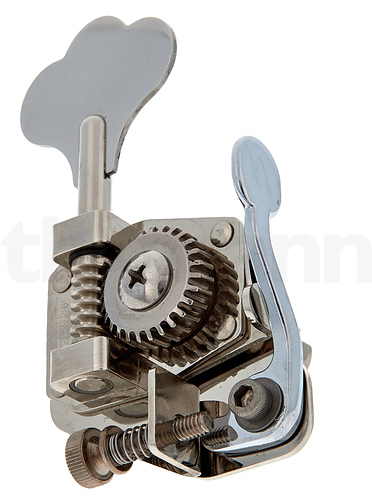As @Gio started the idea, here is the alternate tuning thread !
it’s all about :
- What tuning are you using on your basses ?
- What is the goal and the way you use it ?
- Anything else about those alternate tuning

So I’ll start. I’m using the standard tuning (EADG) as well as Drop-D (DADG). I always change from one song to another. It’s pretty fast as there is only one string to tune, and with some habbit it litterally takes no more than a few seconds.
I play a lot of dark rock/metal where the increased low range of Drop-D is pretty useful. Also there is a pretty cool thing with Drop-D : the 5th are on the same fret for the two lowest strings, which make some fingering easiest by allowing to play 5th with a simple finger-roll.
The downside is that you loose the string-to-string symetry, but as it concerns only one string it’s not a big issue in my opinion. This symetry thing is the reason why I get back to EADG when needed.
As the lowest string is lower than usual, the string tension is lower as well. It could be a problem with very light strings. I currently use 40/95 strings (which is pretty light !), it works well for EADG but is the limit for DADG, again in my opinion. For this reason I plan to switch to 40/100 very soon.
I’ll finish about Drop D by saying that even if it’s a very popular tuning for modern rock and metal, it’s not useful only in those styles. For exemple it can also be used in country (see my cover of Axe by The Steel Woods  ) and many other styles.
) and many other styles.
The tuning I want to try is BEAD : it’s nothing else than the 4 lower strings on a 5 strings, so it allows the lower range of a 5 strings on a standard 4 strings bass. This tuning is pretty low and requires a big strings gauge. I did not tried this tuning yet but I’m pretty curious about it ! Seems very promising to me  Also it would be possible to drop the thing to AEAD …
Also it would be possible to drop the thing to AEAD …

 )
)

